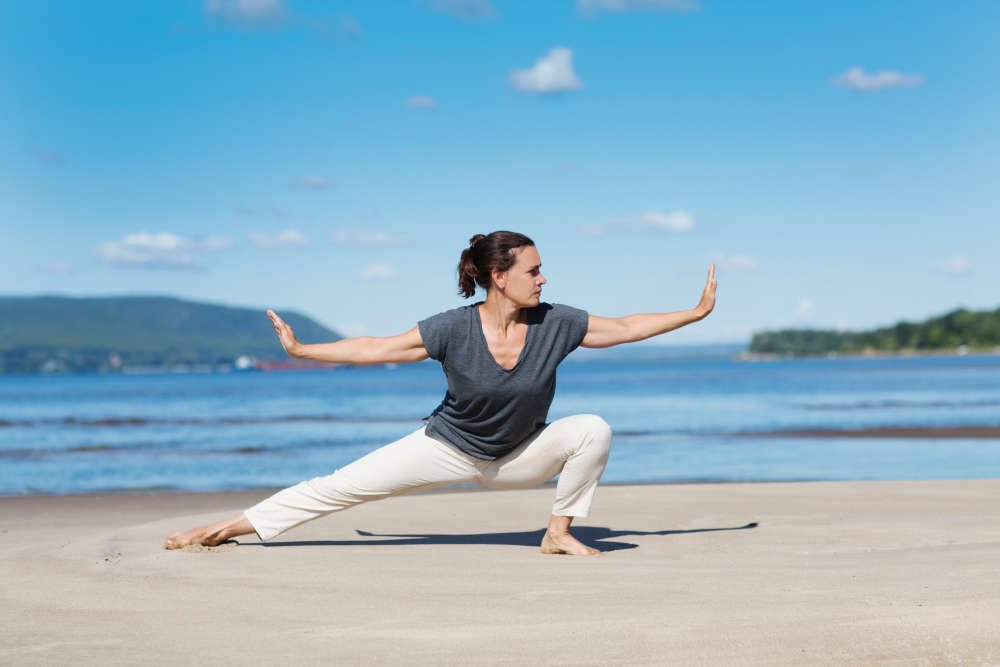
Join Sara Whatley in stretching your mind and stretching your body as she looks at the practices of meditation, yoga and other similar movements
Would you like your life to be calmer, your attitude more accepting, your mind to be quieter and your mood to be more stable? Then I am sure you will enjoy this month’s wellness and movement column, which is all about meditation – mind focused meditation and also bodily meditation through movement.
In a nutshell, meditation is about building an awareness of the present moment. There are so many positive benefits for those that practice, from being more able to regulate your emotions, to improved sleep, better focus, and a reduction in depression and anxiety. When you combine movement and meditation in practices such as yoga you are getting a double whammy of goodness – a healthy and balanced body and a calm and focused mind.
Wellness: Meditation
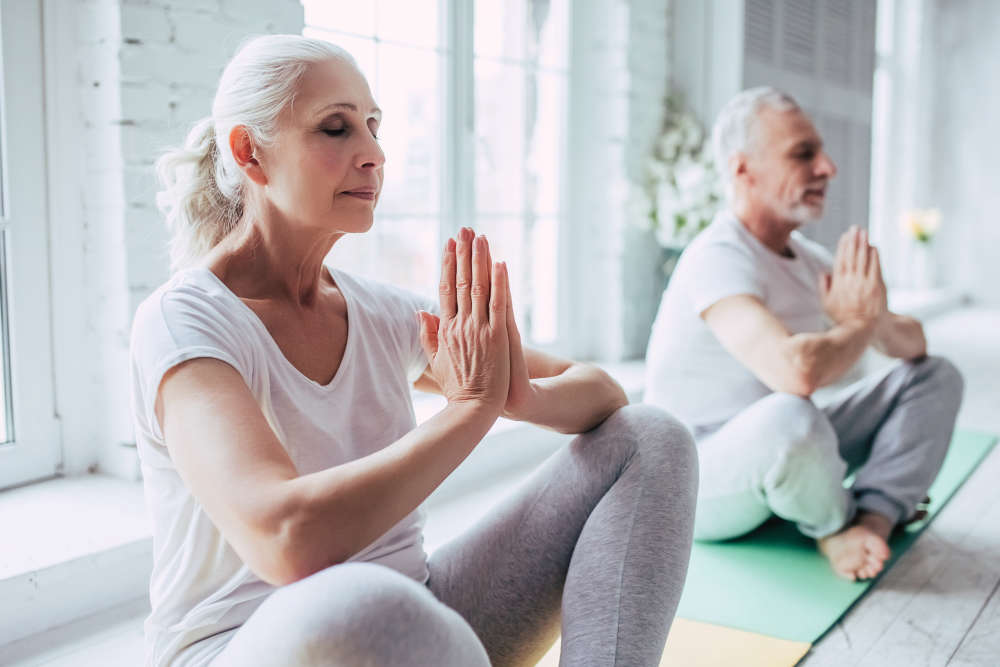
The ancient art of meditation is practiced in many different forms. All of them, however, bring the practitioner to a common goal: cultivating a non-judgmental deeper awareness of the present moment.
The way this is achieved varies but one common method is to focus on ones own breath; feel it rushing cold into the nostrils then out warm over the upper lip. Feel it filling the lungs, feel the diaphragm falling and rising and the belly pushing in and out. Feel the breath in the back, in the shoulders, in the rib cage. You can take your breath with you wherever you go and always come back to it in times of need.
There are many different types of meditation and finding the right one for you will take research and practice. Some popular types of meditation include spiritual meditation; mindfulness meditation; moving meditation such as walking meditation; visualisation meditation; and chanting meditation.
Like exercising the muscles in the body, meditation exercises the muscles in the brain. As such, it is most effective when it is practiced regularly. A Zen proverb says, “You should sit in meditation for 20 minutes every day – unless you are too busy. Then you should sit for an hour.”
The research and neuroscience behind how meditation can physically alter the brain, in positive ways, is lengthy and eye opening. Meditation is most definitely not just wishy washy sitting-with-your-eyes-closed.
Movement: Yoga, Pilates, Tai Chi & Qigong
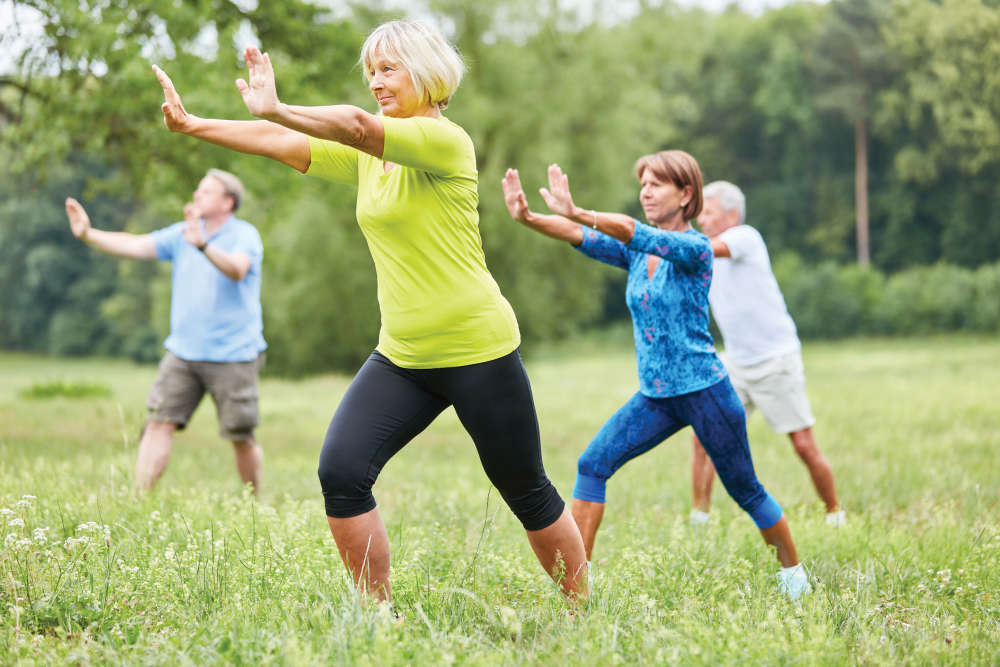
Three of these disciplines – yoga, tai chi and qigong – have one thing in common. They create a connection and harmony between mind and body through movement and meditation. As the practitioner focuses on the bodily movements the mind focuses also, allowing you as a whole to be fully present in the moment, on your mat, the ground firmly beneath your feet.
Pilates also uses deep breathing, focus and concentration on the movements, but the main aim is to concentrate on strengthening exercises that emphasize core engagement. Where yoga, tai chi and qigong are spiritual as well as physical practices, Pilates is rooted in physicality only.
Originating in ancient India, yoga is a physical, mental and spiritual practice cultivating a deep connection between the mind, body and spirit, as well as a wider connection between the individual self and universal consciousness.
Tai chi is a Chinese martial art, known for its slow and intentional movements. It is practiced for both self defence and health reasons, but at it’s heart the purpose of practicing tai chi is to allow the qi, the life force energy, to flow smoothly through the body and create harmony between inner and outer selves.
Like tai chi, qigong focuses on gentle meditative movement, the connection between mind and body and the flow of life energy; qi. However, qigong practitioners focus on the feeling of the movement and energy, with repeated movements, rather than the specific sets of forms performed in tai chi.
If you choose to practice any of these disciplines you may feel the physical health benefits in your body, and hopefully a mental and spiritual transformation too.

 Home Style: Colourful New Life
Home Style: Colourful New Life
 Money Matters: Release Reality
Money Matters: Release Reality
 World Listening Day 2024: Learning to Listen to our Environment
World Listening Day 2024: Learning to Listen to our Environment
 Spotlight Events: What's On in July 2024
Spotlight Events: What's On in July 2024
 RSPCA Celebrates 200 Years
RSPCA Celebrates 200 Years
 Be Well, Move Happy: Learning a New Skill and Water Sports
Be Well, Move Happy: Learning a New Skill and Water Sports
 10 Ideas for a Screen-Free Summer
10 Ideas for a Screen-Free Summer
 Home Style: Bold Type
Home Style: Bold Type
 What to Watch in July 2024
What to Watch in July 2024
 The Exciting Appeal of the Beach Holiday
The Exciting Appeal of the Beach Holiday
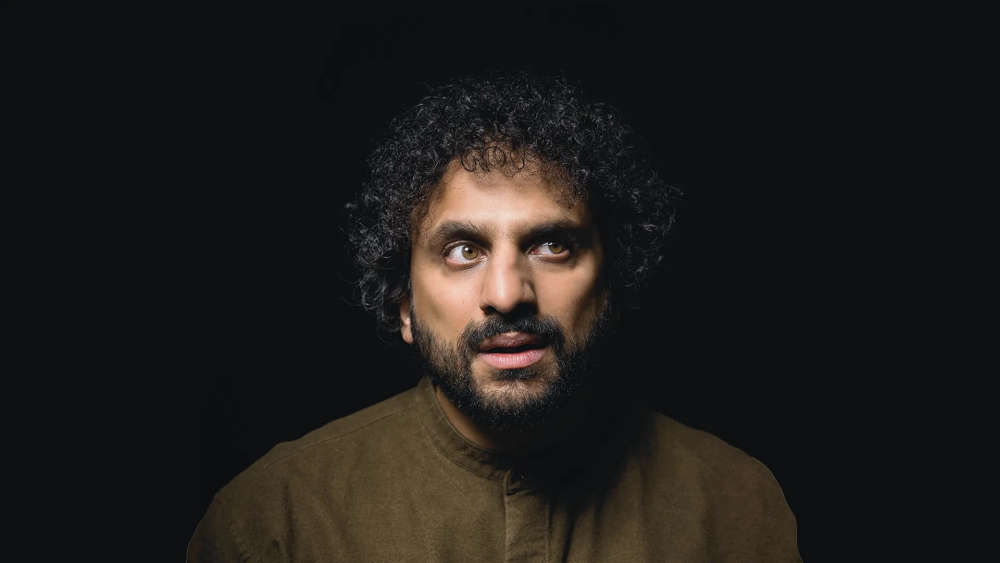 "I quite like to end up with a setlist that involves a catalogue of human misery..." Nish Kumar on his return to stand-up comedy
"I quite like to end up with a setlist that involves a catalogue of human misery..." Nish Kumar on his return to stand-up comedy
 Money Matters: The Revenue Generation
Money Matters: The Revenue Generation
 Home Style: A Better Way of Life
Home Style: A Better Way of Life
 Weddings: The Food of Love
Weddings: The Food of Love
 Vino, Vidi, Vici: The Vineyards, Breweries & Distilleries of Sussex
Vino, Vidi, Vici: The Vineyards, Breweries & Distilleries of Sussex
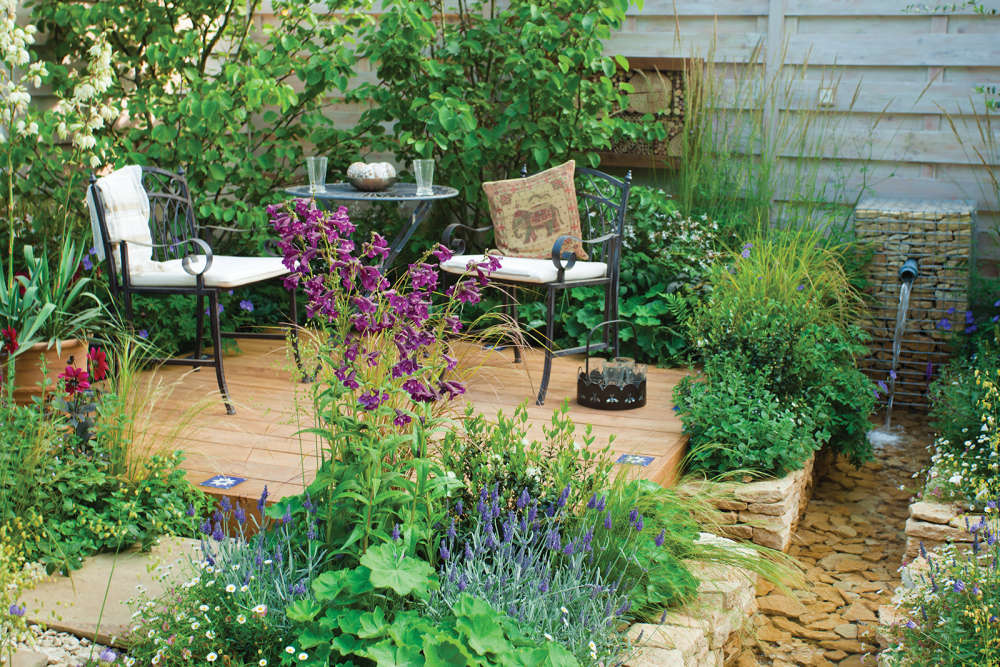 Homes Extra: Digging a Design
Homes Extra: Digging a Design
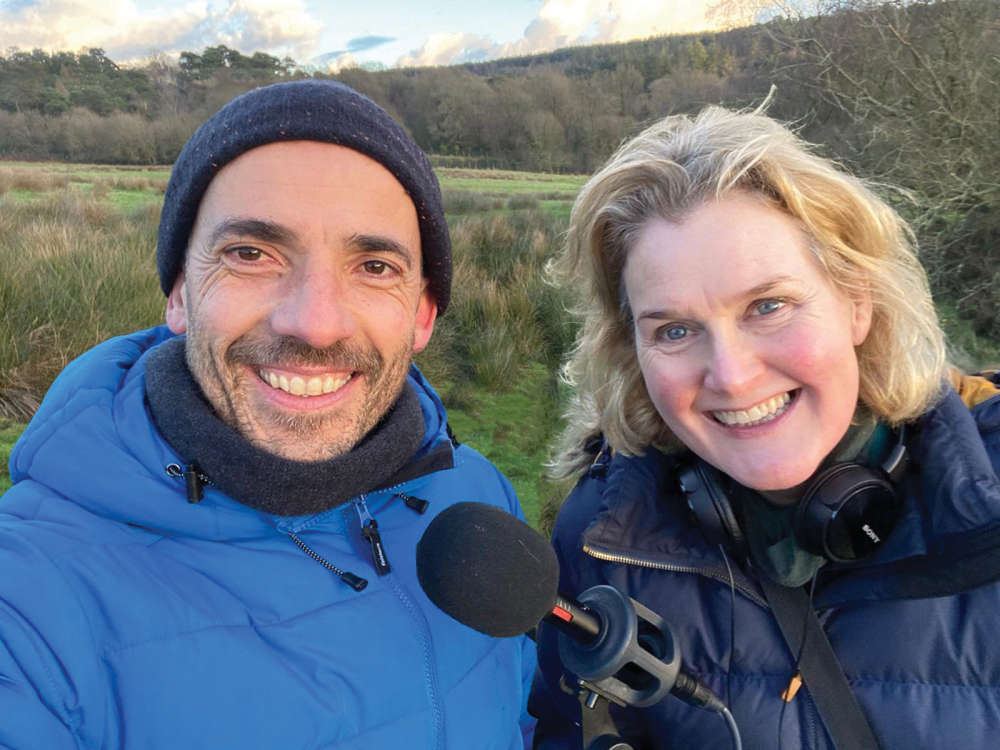 Listening to Nature: Meet the people behind the Ashdown Forest podcast
Listening to Nature: Meet the people behind the Ashdown Forest podcast
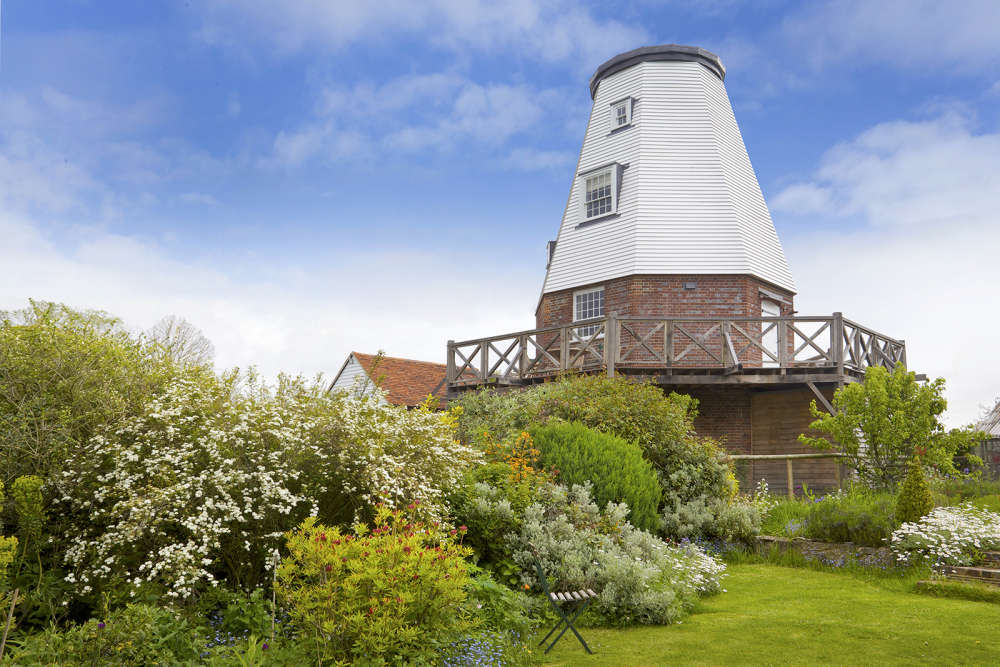 Home Style: Tales from the Mill
Home Style: Tales from the Mill
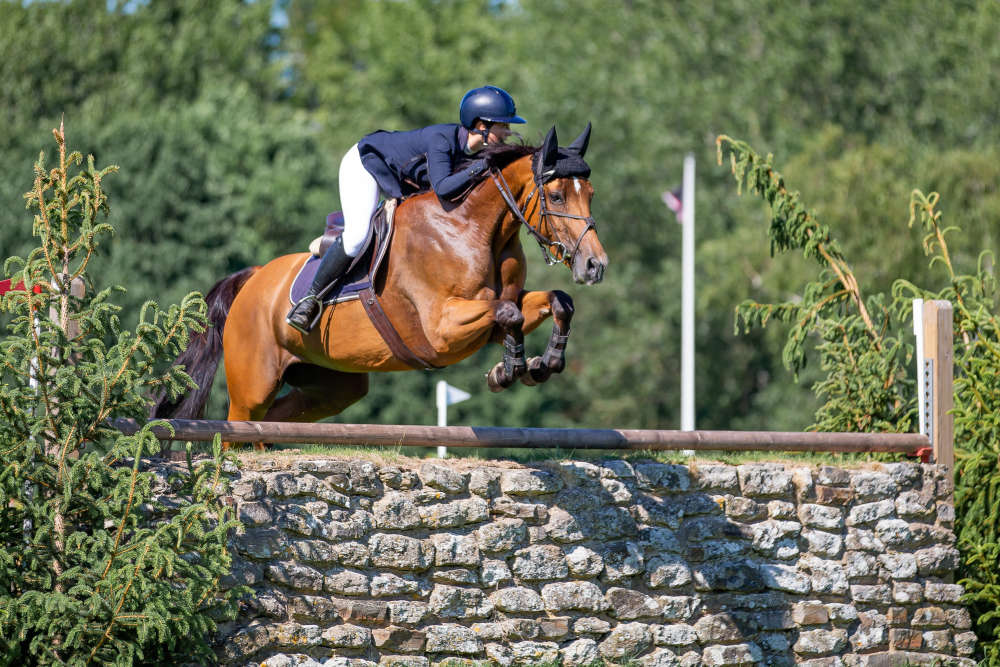 SPECIAL OFFER: General Admission Tickets To The Al Shira’aa Hickstead Derby Meeting
SPECIAL OFFER: General Admission Tickets To The Al Shira’aa Hickstead Derby Meeting
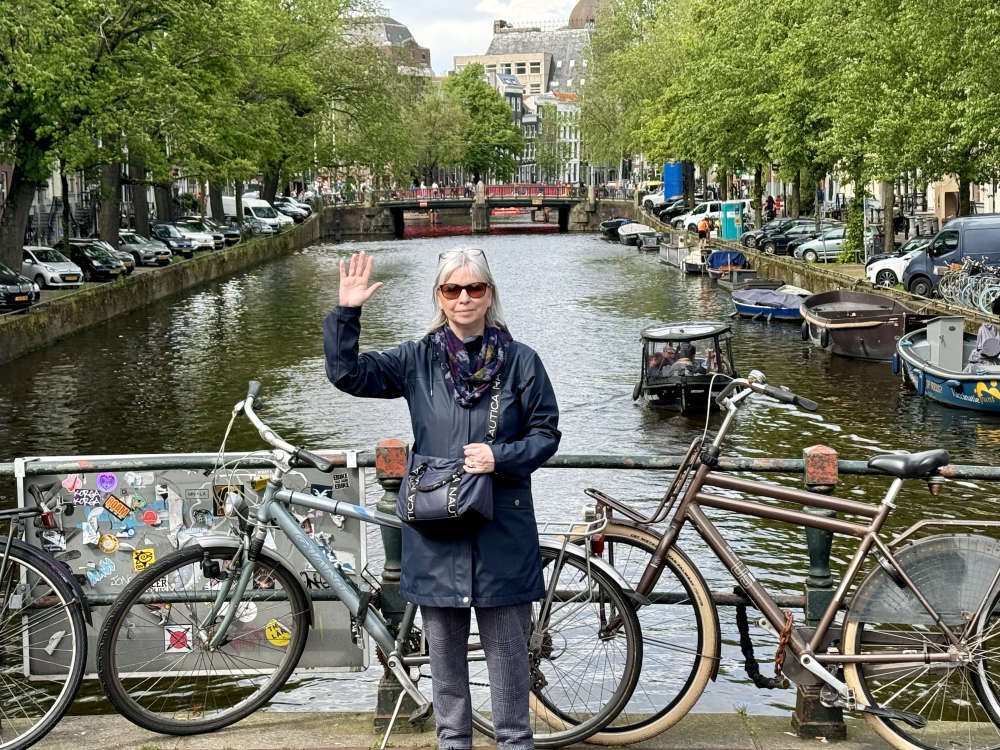 A Gourmet Escape on the Eurostar: London to Amsterdam with Culinary Delights in Almere
A Gourmet Escape on the Eurostar: London to Amsterdam with Culinary Delights in Almere